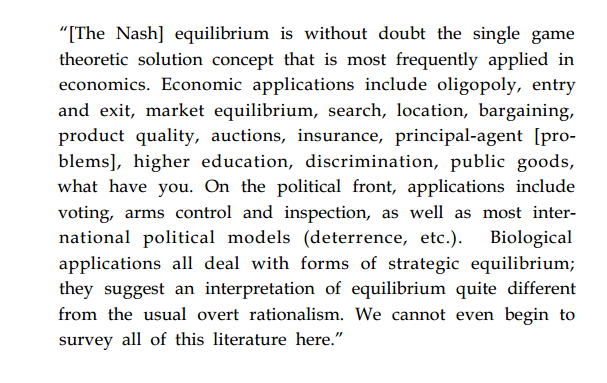It would seem that John Nash and his wife Alicia died tragically in a car accident on May 23, 2015 (reference). My condolences to his family and friends.
Maybe this is an appropriate time to ask a question about John Nash's work which has been on my mind for awhile. John Nash's best known work to the world at large involves his contributions to game theory, but to many geometers his work on embeddings of Riemannian manifolds is really his crown jewel. An excerpt from a note by Gromov:
When I started studying Nash’s 1956 and 1966 papers (it was at Rokhlin’s seminar ≈1968), his proof has stricken me as convincing as lifting oneself by the hair. Under a pressure by Rokhlin, I plodded on, and, eventually, got the gist of it... Trying to reconstruct the proof and being unable to do this, I found out that my ”formalization by definitions” was incomplete and my argument, as stated in 1972 was invalid (for non-compact manifolds). When I simplified everything up and wrote down the proof with a meticulous care, I realized that it was almost line for line the same as in the 1956 paper by Nash - his reasoning turned out to be a stable fixed point in the ”space of ideas”! (I was neither the first nor the last to generalize/simplify/improve Nash, but his proof remains unrivaled.)
So I'm wondering if anyone can comment on the legacy of Nash's work in geometry today. Have his ideas been absorbed into a larger theory? Have his techniques found applications outside of manifold embeddings?
Perhaps this is a good place to comment on other parts of his mathematical legacy as well, if anyone would like to.


